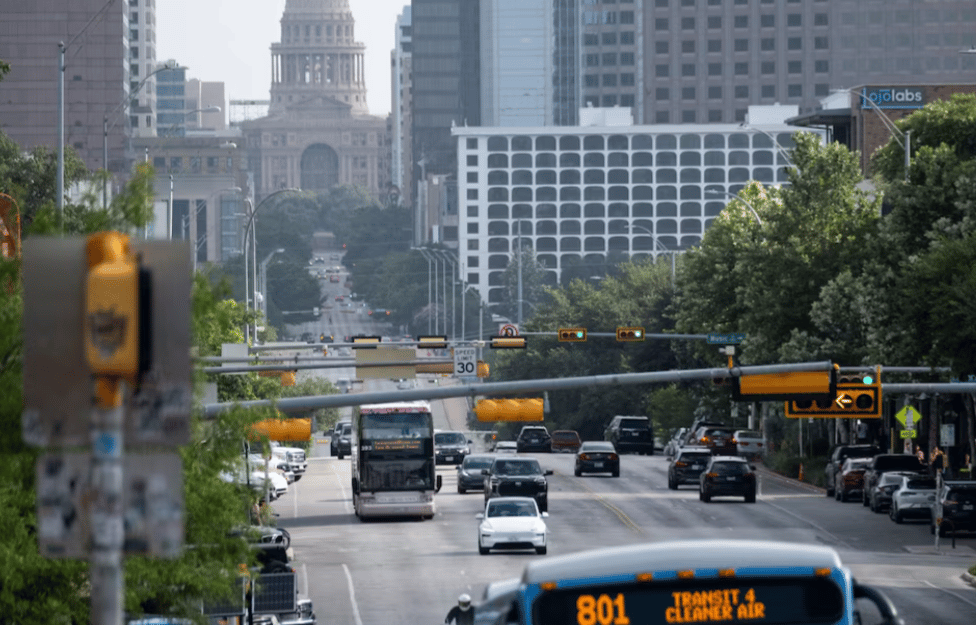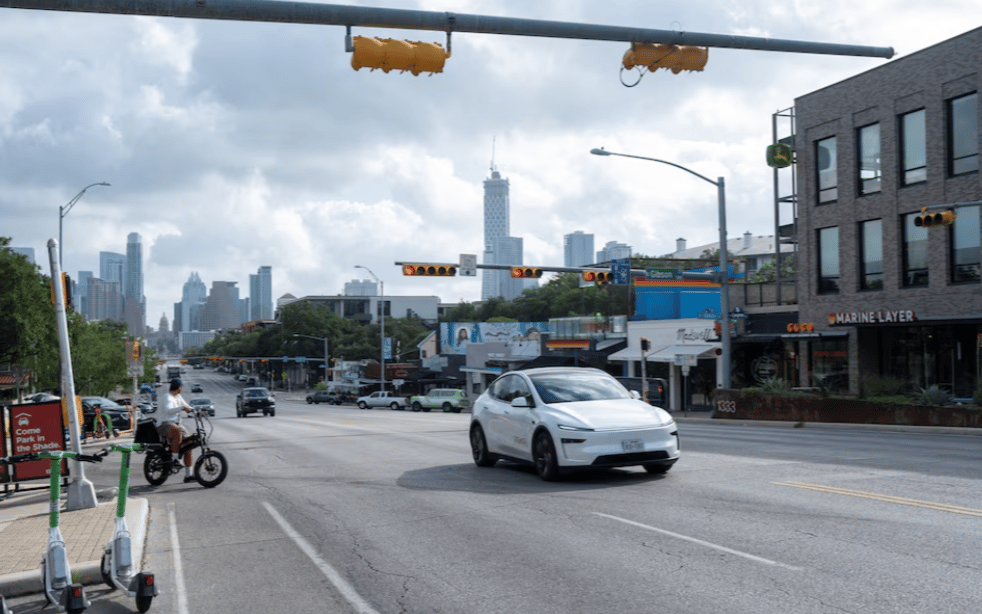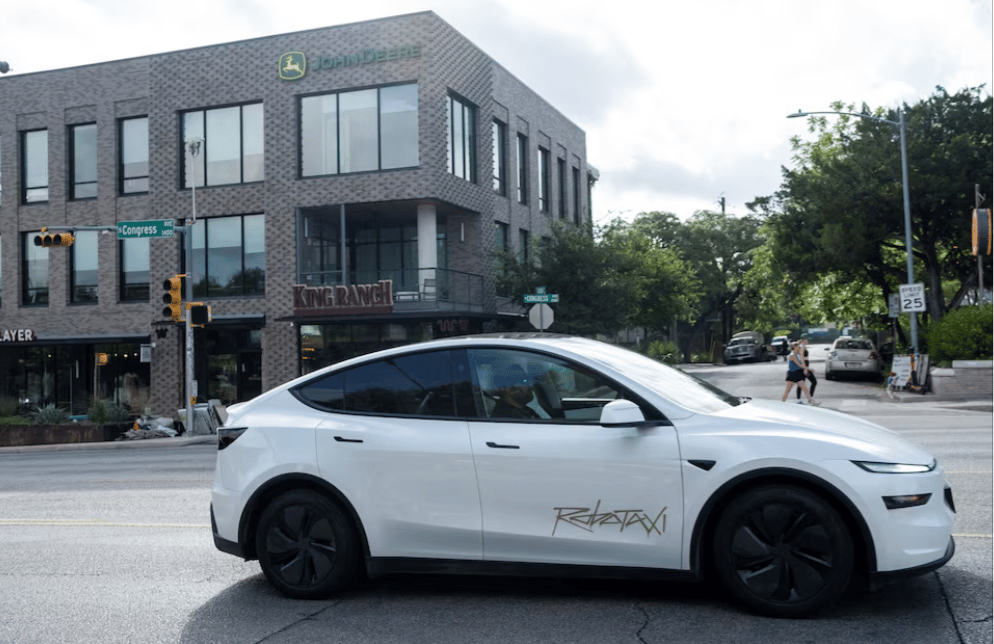Tesla's Autonomous Vision Moves from Concept to Street-Level Testing
Tesla Inc. $TSLA officially began its robotaxi pilot service on Sunday, deploying self-driving Model Y vehicles in Austin, Texas. CEO Elon Musk confirmed the long-anticipated launch via a post on his social media platform X, stating that rides would be available for a fixed fare of $4.20.
The vehicles, equipped with Tesla’s Full Self-Driving (FSD) beta system, were seen operating without anyone in the driver's seat, although a Tesla employee was present in the front passenger seat as a safety monitor. The launch marks a major milestone in the company's pursuit of fully autonomous vehicle deployment and real-world commercialization.
First Real-World Test of Tesla Robotaxi Service Signals Strategic Shift
This rollout represents Tesla's first tangible step toward monetizing its autonomous driving software in a live urban environment. The pilot is currently limited to a specific district of Austin, including South Congress, a densely populated area known for high pedestrian and vehicular traffic—an intentional stress test for the robotaxi AI stack.
Tesla's fixed pricing of $4.20 per ride, a nod to Musk’s often-ironic numerology, underscores the company's intent to make autonomous transport both accessible and symbolic. While no livestream or formal product event accompanied the rollout, user-generated content and third-party verification have confirmed the vehicles' active service.

Key Facts:
Tesla launched a paid robotaxi pilot on June 22 in Austin, Texas.
The service features Model Y SUVs using Full Self-Driving (FSD) beta software.
Rides are priced at a fixed $4.20, per Elon Musk’s post on platform X.
Vehicles operate without a driver, monitored by a Tesla employee in the front passenger seat.
The test zone includes South Congress, a vibrant and busy area in central Austin.
Market Implications and Expert Reactions to Tesla's Robotaxi Rollout
Although the market was closed on Sunday, Tesla's stock may face heightened volatility when trading resumes, as investors weigh the commercial and regulatory implications of the launch. Analysts are divided on whether this marks a true inflection point or an extended beta test with limited scalability.
From a technological standpoint, Tesla's move bypasses traditional regulatory pathways by classifying the pilot under "supervised autonomous operation" rather than fully driverless deployment. This distinction allows the company to begin data collection and monetization while managing legal exposure.

Key Developments and Takeaways:
Monetization Begins: Tesla initiates its first paid autonomous mobility service, indicating a transition from R&D to revenue-generating deployment.
Human-in-the-Loop Approach: By including a safety monitor, Tesla circumvents regulatory roadblocks associated with full autonomy (Level 5).
Price Signaling Strategy: The $4.20 fare may not be sustainable long term, but it reinforces Tesla’s branding and viral marketing tactics.
No Formal Event: Absence of a live event suggests confidence in organic PR, supported by user video content.
Industry Impact: The launch pressures rivals such as Alphabet’s Waymo and GM’s Cruise to accelerate their own rollouts or differentiate on safety and scale.
Strategic Risk or Visionary Execution for Tesla?
Tesla's robotaxi pilot is a pivotal moment in the evolution of autonomous mobility. While limited in scope, the program transforms the company's long-promised self-driving vision into a real-world service with direct consumer interaction. The outcome will not only shape Tesla’s trajectory but also influence regulatory frameworks, investor expectations, and the competitive landscape in autonomous transport.
The presence of a human safety operator suggests Tesla is proceeding cautiously despite the bold optics. As data accumulates and public reaction unfolds, the company will likely refine both the technical and commercial aspects of its offering. Regardless of scale, the symbolic significance of putting fare-paying passengers in an empty driver’s seat is profound.















Comments
It's thrilling to see Tesla's robotaxi service finally take off—$4.20 for a ride sounds like a game changer!